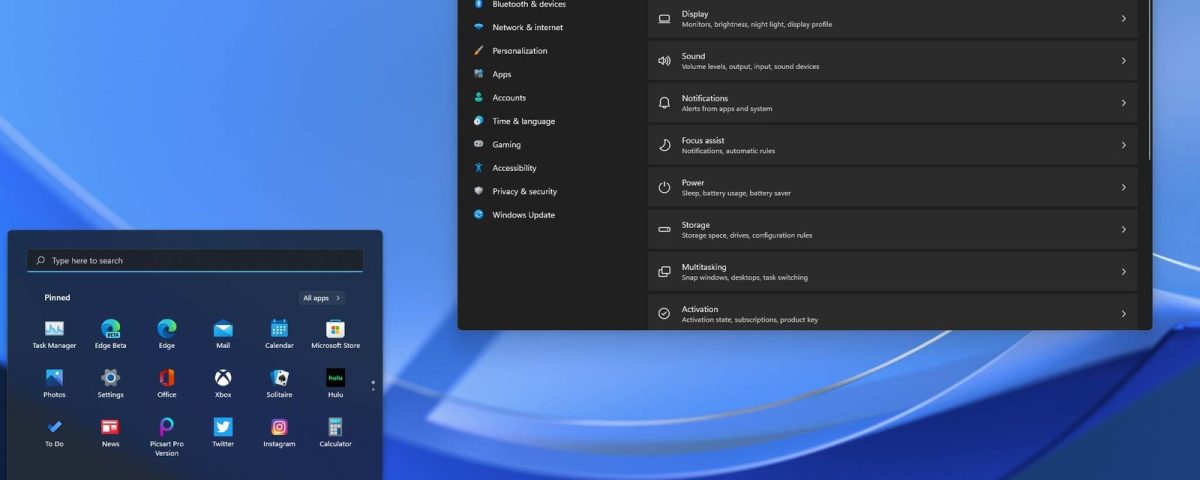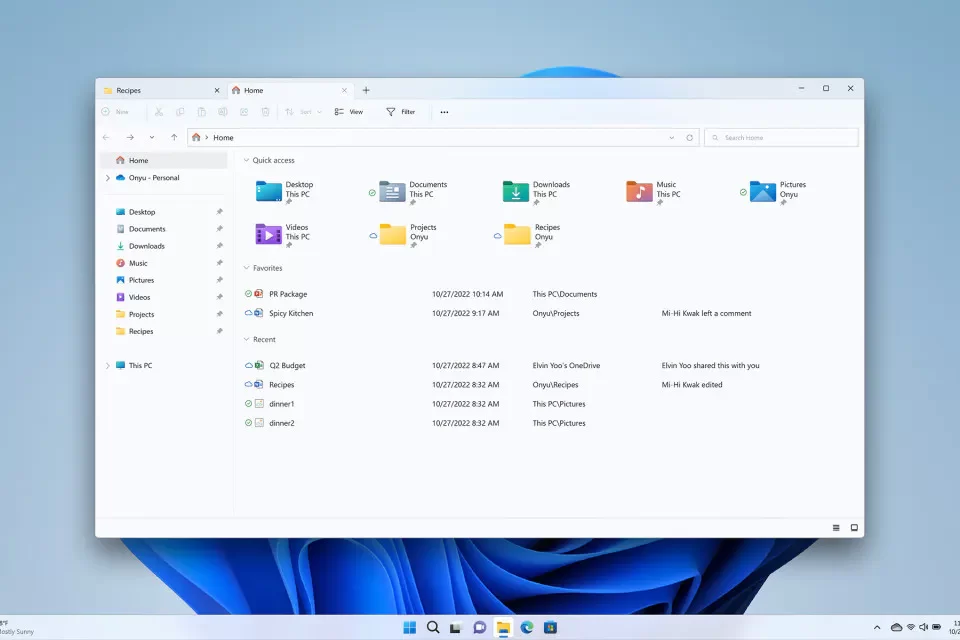Windows 11 is in the midst of a staggered rollout — meaning that newer PCs can download Microsoft’s latest operating system, while other computers will still have to wait a little longer to upgrade. Windows 11 brings a host of features designed to help you stay organized and get more done.
Whether you’re using your computer for work or your personal life, it’s a good time to master some of Windows’ productivity features. These built-in tricks can help you do everything from setting up Taskbar shortcuts to saving battery power. Microsoft isn’t typically as upfront about its hidden features in the same way that Apple tends to be, which can sometimes make it more difficult to know how to take advantage of all that Windows has to offer. But we’ve got you covered here with our list of hidden features you can start using right now to get the most out of Windows 11.
So no matter which Microsoft, Dell, HP or other Windows compatible rig you have, these clever tips will help you stay organized and get more done. Plus, here’s everything you need to know about Windows 11, the best features in Windows 11 and how it compares to Windows 10.
1. Minimize every window except the active one
If your desktop screen has gotten too crowded with open windows, you can quickly minimize them all except the one you are currently working in. You’ll need to turn this on in Windows 11 by heading to Settings, then System, then Multitasking and turning on Title bar window shake
Just click the title bar of the window you want to remain open to select it. Then, hold the mouse down and move the window back and forth quickly — shaking it, essentially. After a couple of quick shakes, all other open windows will minimize, leaving only the one you’ve shaken open. Neat, huh?
2. Open the ‘secret’ Start menu
You know that to get to the Start menu, you hit the Windows icon at the bottom over on the left of the screen or on your keyboard. But Windows 11 includes a lesser-known second Start menu that makes accessing important features like the Command Prompt, the Control Panel and the Task Manager much easier. You can access it two different ways, either by pressing the Windows key + X, or right click the Windows icon/Start button.
I know, it’s a basic one — but it’s amazing how easy it is to forget how to take a screenshot on your laptop or desktop when you don’t do it often.
There are at least eight different ways you can take a screenshot with Windows. If you want to capture and save a picture of your entire screen, the easiest way is to hit the Windows key + Print Screen key, and that picture will be saved to the Pictures > Screenshots folder.
To capture just one part of your screen, hit the Windows key + Shift + S to open a tool called Snip & Sketch, which allows you to click and drag to create a screenshot, which is saved to your Clipboard.
4. Open pinned items from your Taskbar with keyboard shortcuts
If you’ve pinned programs to your Taskbar at the bottom of your screen to create a shortcut, you don’t have to click the icons to open them. Instead, use the keyboard shortcut Windows key + [Number key], with the number key corresponding to the position of the pinned program on the Taskbar. For example, Windows key + 2 will open the second pinned item on the Taskbar.
This is especially useful if you’re typing furiously and don’t want to lift your fingers from the keyboard. It may feel more natural to reach for the Windows key.
5. Learn how much space apps are taking up
Computers start running slower as they grow short on space. One quick way to speed them up may be to get rid of apps that take up more space than they should, especially if you don’t regularly use them.
To see how much space apps, temporary files and documents are taking up, navigate to Settings > System > Storage. Tap Show more categories to see a full list.
To get an idea of what to toss, tap Cleanup recommendations to see what Windows 11 suggests. You probably won’t get rid of your browser, but you might find that a game you haven’t played in years is some good dead weight to drop.
6. Shut down background apps to save battery
Apps that run in the background can receive info, send notifications, and stay updated, even when you aren’t using them — which can be useful, but can also suck your battery and your data.
To control which apps are running in the background and save some battery power and data, go to Settings > System > Power & battery. Tap Battery saver and then adjust when battery saver turns on to limit some notifications and background activity.
7. Use background scrolling for multiple windows
With Windows 11, you can scroll up and down on any window — even if it’s not the one you’re directly working in. This is a useful tool when you have a lot of windows open that you want to look through at the same time — for example, if you want to open new sub-menu options in new windows to save you time clicking back and forward on the same page.
Try opening two programs — say, an internet browser page and a notepad or Word document. Arrange both on the screen so you can see at least some of the text on each. While you are in one window, hover your mouse or use the touchpad to move to the second window, and scroll. Even though you aren’t active in that window, it should allow you to move up and down the page.
The feature should be on by default, but if it isn’t, go to Settings > Bluetooth & devices > Mouse, and toggle Scroll inactive windows when I hover over them to On. Then you can place your mouse over a window that’s in the background and use the scroll wheel to scroll.
Original Post: https://www.cnet.com/tech/services-and-software/get-more-out-of-windows-11-with-these-9-hidden-features/




